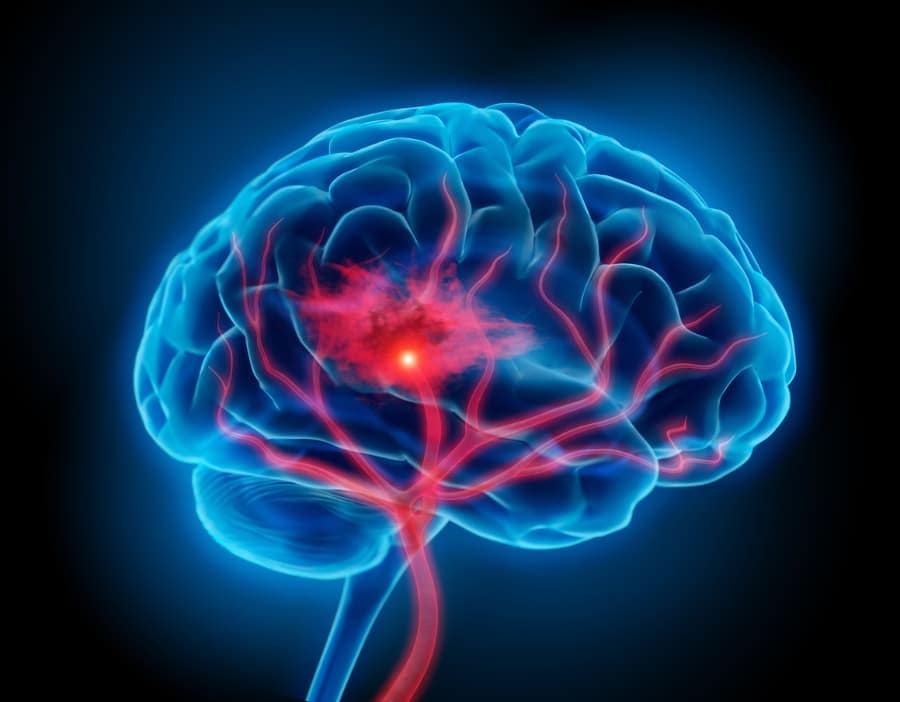Someone in the United States experiences a stroke every 40 seconds, with a stroke-related death occurring every four minutes. Additionally, up to 50% of stroke survivors will become chronically disabled. Because of the severity of this condition and its prevalence in the U.S., the American Heart Association observes American Stroke Month each year. Richmond University Medical Center strives to raise awareness about stroke, its risk factors, and common signs and symptoms. Learn more about common risk factors and how to act quickly when a stroke occurs.
Stroke Risk Factors
It is important to remember that anyone can be affected by strokes: men, women, young and older adults, and even children and babies. Some risk factors can be controlled with lifestyle changes and medication, while others are less controllable.
Several conditions increase your risk for stroke, such as:
- Diabetes Type I or II
- Carotid artery disease
- Peripheral artery disease
- Atrial fibrillation
- Other coronary diseases
- Sickle cell disease
Working with a doctor to control these conditions can help reduce your risk for stroke.
Inherent characteristics may also elevate your risk for stroke. In general, women are at a higher risk, as are African Americans. Anyone who has previously had a stroke or those with a family history of stroke, especially in a parent, sibling, or grandparent, is more likely to experience a stroke in the future.
Your lifestyle also plays an important role in reducing your risk and preventing strokes. Any of the following make individuals more vulnerable to stroke:
- Obesity
- High blood pressure
- High cholesterol
- Physical inactivity
- A diet high in sodium, fats, and calories
- Smoking
- Drug use
- Alcohol use
- Getting too little sleep
Eating a healthy diet low in fat and sodium, getting 30 minutes of exercise several times each week, and sleeping for seven to nine hours each night can all help reduce your chances of having a stroke. Individuals who use tobacco, drugs, and/or alcohol can also reduce their risk by eliminating these substances.
Know the Signs of Stroke
Understanding the signs of a stroke can help you act quickly and give yourself or a loved one the best chance of avoiding lasting cognitive and physical challenges. These symptoms often appear suddenly and include:
- Numbness or weakness in the face, arm, or leg, often on one side
- Confusion
- Difficulty speaking and understanding speech
- Vision impairment in one or both eyes
- Difficulty walking
- Dizziness and problems with coordination and balance
- Severe headache
If you are uncertain whether symptoms are those of a stroke, the FAST rubric can help. Evaluate the affected person with the following guidelines:
- F – Face: Ask the person to smile and note if one side of their face droops.
- A – Arms: Ask the individual to raise both arms and note if one moves downward.
- S – Speech: Say a simple phrase and ask them to repeat it. Do they struggle or slur their words?
- T – Time: Call 9-1-1 immediately if you notice these signs.
Because timing is so important in stroke care, you should always call 9-1-1 for emergency medical services rather than driving yourself or a loved one to the hospital.
Learn More About Stroke Care at Richmond University Medical Center
When someone has a stroke, there is no time to waste. Treatment is generally most effective within a three-hour window when treatment can slow the effects of the stroke and reverse its impact. To learn more about stroke risk, prevention, and more, contact Richmond University Medical Center in Staten Island, New York, today. As a New York Department of Health-designated stroke center, we help patients achieve the best possible outcome with an expertly trained team and the highest standard of care.




